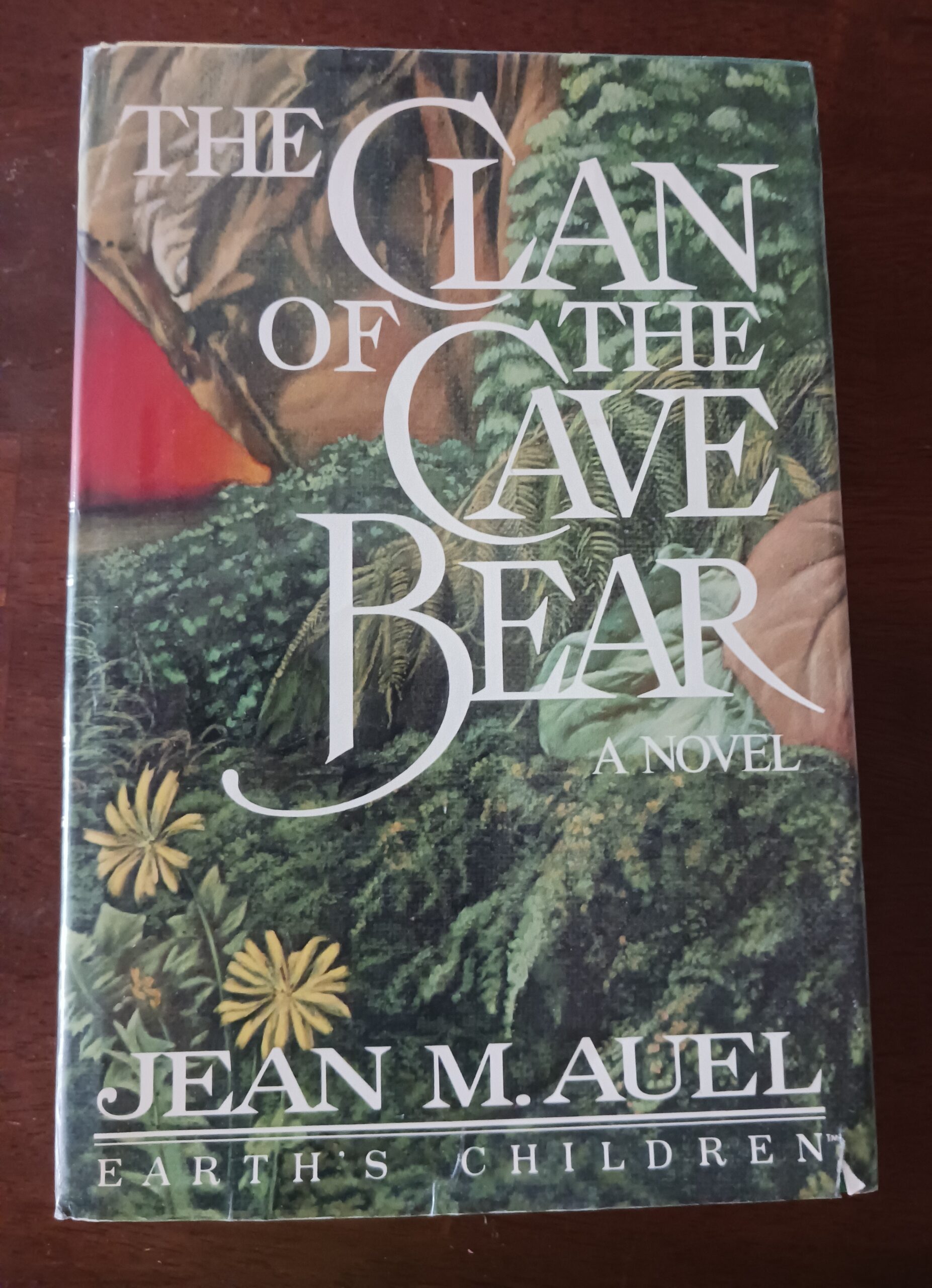In examining the evolution of “The Clan of the Cave Bear” series through the lens of cultural relativism, one uncovers a rich tapestry woven from the threads of prehistoric narratives, anthropological insights, and the ethical dilemmas faced by early humans. This discussion offers a comprehensive overview of the series, its thematic undercurrents, and how they reflect and challenge various cultural perspectives.
Primarily authored by Jean M. Auel, “The Clan of the Cave Bear” debuted in 1980 as the inaugural entry into the Earth’s Children series. The narrative is set during the Upper Paleolithic era, a precarious epoch for human evolution and societal development. The hero, Ayla, embodies the larger themes of survival, identity, and belonging in a world defined by stark cultural dichotomies. Readers can expect a profound exploration of these dichotomies as they unfold through the interactions between two distinct groups: the Clan, who are Neanderthal in their characteristics, and the Cro-Magnon, to which Ayla belongs.
The book’s structural dynamics ingeniously reflect the anthropological notion of cultural relativism, positing that one’s beliefs and behaviors must be understood in the context of their cultural backgrounds. Through Ayla’s journey, Auel encapsulates the essence of cultural conflicts and the struggles engendered by differing worldviews. As the protagonist navigates her life, she poses questions regarding human nature, gender roles, and social structures that resonate with contemporary societal dialogues.
A pivotal aspect of the series is its rigorous scrutiny of gender dynamics. Ayla’s character challenges the rigid gender norms upheld by the Clan, wherein women are relegated to subservient roles, starkly contrasting with her independent aptitude and multifaceted capabilities. Readers are introduced to complex representations of femininity as Ayla diversifies her role from mere survivalist to an innovative healer and provider. Such portrayals not only reflect the author’s intent to highlight female empowerment but also serve to critique the limitations imposed by societal structures, encouraging readers to reconsider the nature of gender in their own socio-cultural environments.
The thematic exploration of survival derives from the harsh realities of prehistoric life, and Auel does not shy away from depicting the brutality and depth of this existence. Nature becomes a formidable character, its presence felt in every struggle for survival. The detailed descriptions of the flora and fauna of the Ice Age not only enhance the narrative’s authenticity but serve to immerse readers in a world where the interplay between human beings and their environment dictates the contours of life itself. This perspective invites contemplation on how modern societies engage with their own environments, often in stark contrast to the interdependence that characterized early human habitation.
As the series progresses, readers are treated to an intricate analysis of social structure and kinship, emblematic of the anthropological focus on how cultures organize themselves. The customs observed among the Clan, including their spiritual beliefs and the aesthetics of their rituals, present a richly textured cultural framework. Auel’s depiction of shamanistic practices and communal living shines a light on the significance of tradition and collective memory, contrasting sharply with Ayla’s emerging individuality. As she navigates her hybrid identity, readers gain insight into the oft-contentious nature of belonging, acceptance, and the quest for personal agency.
Additionally, the evolution of Ayla’s character throughout the series serves as a microcosm for the broader themes of adaptation and innovation. Her inventive nature allows her to create tools, master the art of foraging, and approach challenges with an ingenuity that defies the expectations set upon her by her surroundings. Such a portrayal posits a compelling argument for the centrality of innovation in human adaptation, prompting readers to reflect upon the lasting significance of creativity and resourcefulness in their own contexts.
The series, while rooted in a distant past, also reverberates with contemporary implications. Readers frequently find parallels between Ayla’s journey and modern-day quests for identity and belonging in increasingly multicultural societies. This synthesis of past and present invites audiences to examine their cultural assumptions through a lens of empathy and understanding, fusing personal experience with collective history.
Moreover, “The Clan of the Cave Bear” serves as a critical commentary on the ethical implications of cultural contact and the resulting implications of assimilation versus preservation. As Ayla encounters the Clan, the story examines the tensions that arise when divergent cultures converge. The ethical considerations inherent in cultural exchange prompt crucial discussions about appropriateness, dominance, and the potential erasure of identity. Readers are encouraged to contemplate their position within the modern tapestry of cultural interaction, acknowledging the impact of global interconnectedness on individual and collective identities.
In conclusion, “The Clan of the Cave Bear” series transcends mere storytelling; it is an enthralling expedition through the complexities of human existence as seen through the lens of cultural relativism. Readers can expect an intricate tapestry of themes including survival, gender dynamics, social structures, ethical dilemmas, and the nature of cultural contact. As Ayla’s journey unfolds against the backdrop of a prehistoric world, Auel masterfully intertwines fiction with profound anthropological insights, enriching our understanding of both historical and contemporary human experiences. This literary saga not only invites exploration of the past but also challenges readers to engage with the societal questions that resonate through time and culture.
